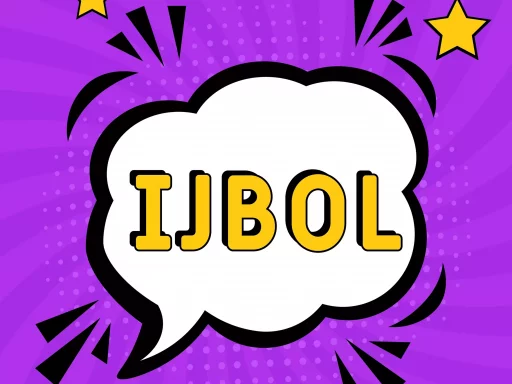Introduction to Alt Text on Instagram
In the digital age, social media platforms have made it easier than ever to share images and connect with audiences. However, inclusivity often takes a backseat, especially for users with visual impairments. This is where alt text (alternative text) comes into play. Alt text is a descriptive text associated with images, making content more accessible. In this article, we will explore what alt text is on Instagram, why it matters, and how to use it effectively.
What is Alt Text?
Alt text is a brief description that conveys the content of an image to those who cannot see it. On platforms like Instagram, it is crucial for ensuring content is accessible to all users. Alt text can describe various elements of an image, including:
- Specific objects or people in the image
- Actions taking place
- The overall mood or theme
- Any relevant details that help convey the message behind the photo
Why is Alt Text Important on Instagram?
Understanding the importance of alt text is essential for brands, influencers, and content creators. Here are some reasons:
- Accessibility: Alt text helps users with visual impairments understand the content of an image.
- SEO Benefits: Search engines use alt text to index images, which can enhance your brand’s visibility.
- User Engagement: Accessible content can increase user engagement, allowing a broader audience to interact with your posts.
- Social Responsibility: Creating an inclusive environment online reflects a positive brand image and demonstrates awareness of diverse needs.
How to Add Alt Text on Instagram
Instagram provides a straightforward method for adding alt text to images. Here’s a step-by-step process:
- Open Instagram and tap on the ‘+’ icon to create a new post.
- Upload your image and proceed to the screen where you can add a caption.
- Tap on ‘Advanced Settings’ at the bottom of the screen.
- Choose ‘Write Alt Text’.
- Add your alt text description, then return to the post options.
- Share your post as usual!
It’s important to note that Instagram allows alt text for images only; videos and stories do not support this feature yet.
Examples of Effective Alt Text
Creating effective alt text involves being descriptive yet concise. Here are some examples that illustrate how to do this:
- Before: “Pic of my dog”
After: “A golden retriever playing fetch in a green park on a sunny day” - Before: “Dinner plate”
After: “A beautifully plated salmon dish with asparagus and mashed potatoes on a white plate” - Before: “Group of friends at the beach”
After: “Four friends laughing and enjoying a beach bonfire during sunset”
Case Studies and Statistics
A study conducted by the National Federation of the Blind revealed that only 20% of images on popular social media platforms include alt text descriptions. This statistic highlights the accessibility gap that many users face. Brands that leverage alt text can tap into a more extensive market and foster a loyal community among users who value inclusivity.
Moreover, research from the University of Southern California indicated that social media posts with alt text received 30% more engagement than those without, emphasizing how accessibility can translate into higher interaction rates.
Conclusion
Incorporating alt text in your Instagram posts is not just a technical necessity; it’s a key aspect of creating an inclusive online environment. By taking the time to describe your images accurately, you not only make your content accessible to users with visual impairments but also enhance your visibility and engagement rates. As we move toward a more inclusive digital landscape, remember that small actions, like adding alt text, can lead to significant impacts.






